Sharing the results from my latest Moth Trap Session. I have written posts about setting up a moth trap and on collecting the results if you want some more background info on how and why I use a Moth Trap

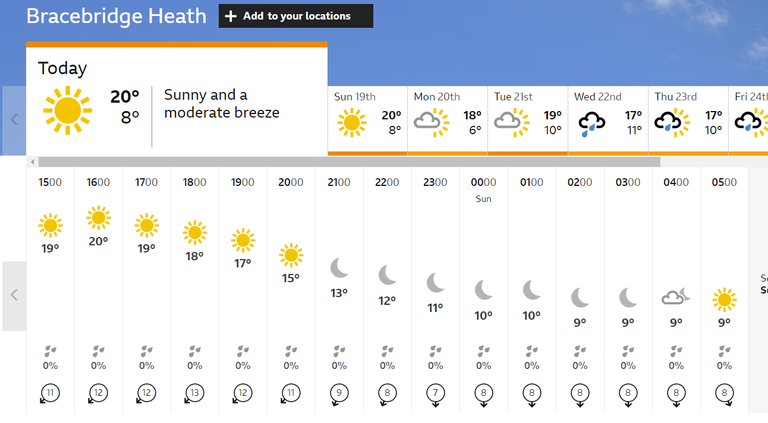
Date: 18th May 2024
Weather:
Its been 2 weeks weeks since the last session. I missed the last week as the weather was poor (ie cold and wet), but tonights forecast looks to be much more interesting.
The only downside will be the clear skies overnight, which mean that temperatures will drop quite quickly. It has been warm all day though, and with a relatively light breeze, I'm feeling optimistic!
I'm a member of several 'moth' facebook groups, and all week I've seen people posting lots of sightings of different species, which means they are out there somewhere. Fingers crossed I get to see some tonight as well... but time will tell I guess!
Anyway...
Lights on, pots at the ready... Here. We. Go!

Results: 13 moths of 9 species
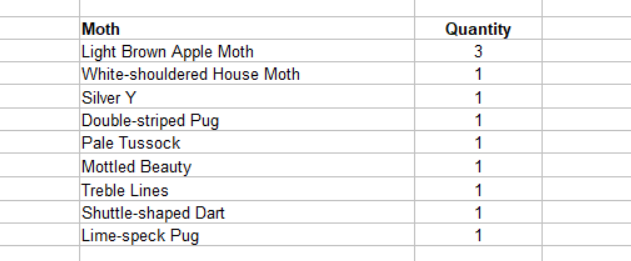
Summary of Results:
Well, as you can see, I actually have something interesting to talk about, compared to the last 2 attempts. It was still quite a slow evening, and it took awhile awhile to get going.
There was of the usual Light Brown Apple Moths flitting about as dusk fell, and I spotted a White shouldered house-moth sat on the fence next to the trap
As the season progresses and the days get longer, that means I have to wait longer until darkness falls as it gets late and later each day.
It wasn't untill after 10pm that I finally saw something interesting - a Silver Y
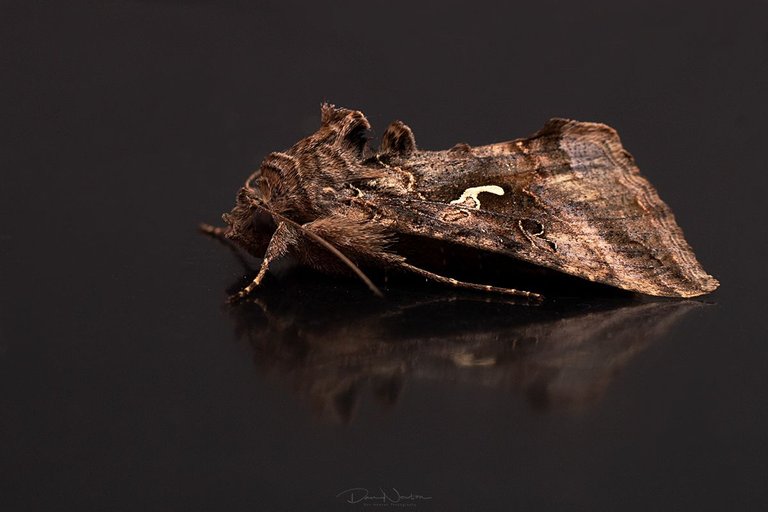
Silver Y - Autographa gamma
From the Noctuid Family, this is a very common moth species here, but it is the first time I'd seen it this year. In fact I had a number of 'new for years' such as:
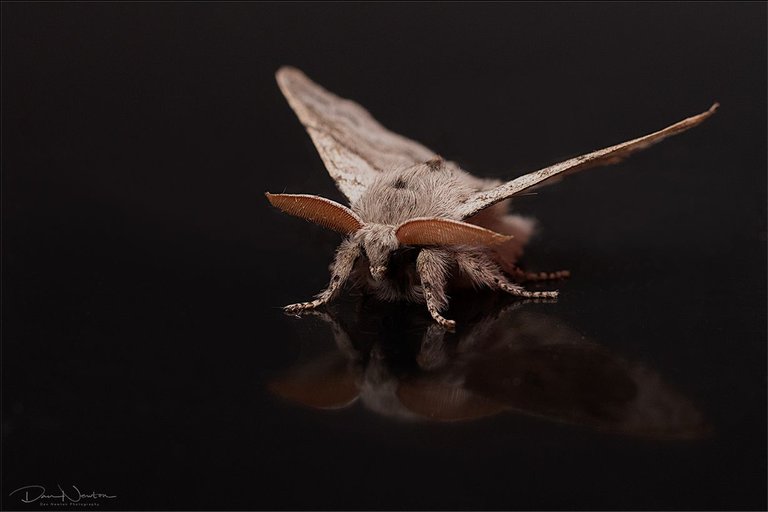
Pale Tussock - Calliteara pudibunda
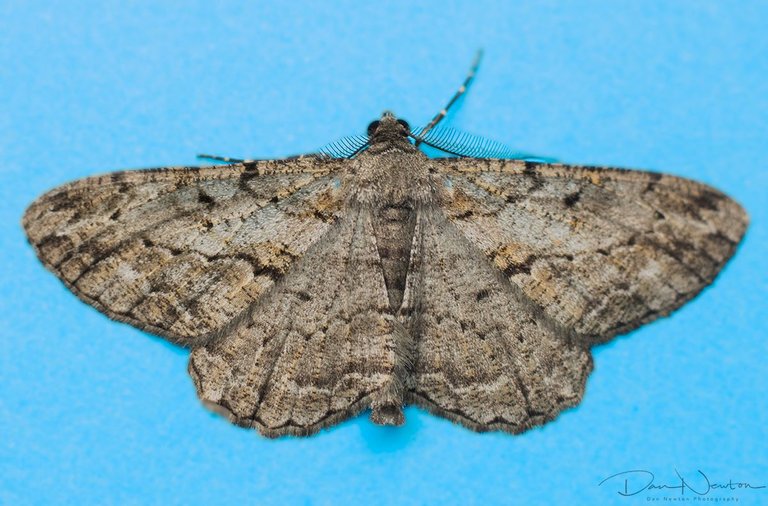
Mottled Beauty - Alcis repandata
I kept popping out every 20 minutes or so to have a look if I could see anything.
As it was approaching midnight, my partner decided to grab a 2nd torch and see if she could see anything I'd missed... and it turns out I had!
Along with a Treble-Lines trying to hide on the side of the bench, she also spotted this Lime-speck Pug resting on some of the ferns near the trap
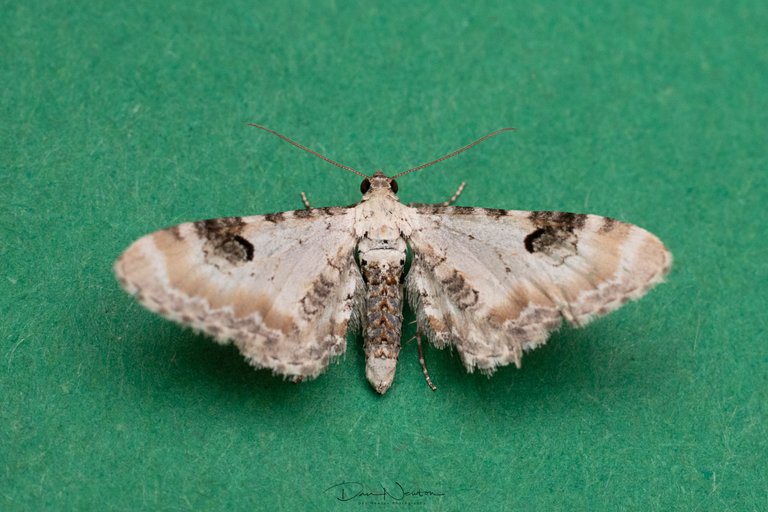
Lime-speck Pug - Eupithecia centaureata
@dawnsart certainly has good eyes to have spotted, although to be fair I'm a little out of practice haha!
As it was just after midnight by this point, and as the temperatures had also dropped significantly, I decided a haul of 9 species was good enough, and I set about turning everything off (and of course releasing all the moths that I had caught tonight)
Bonus Species
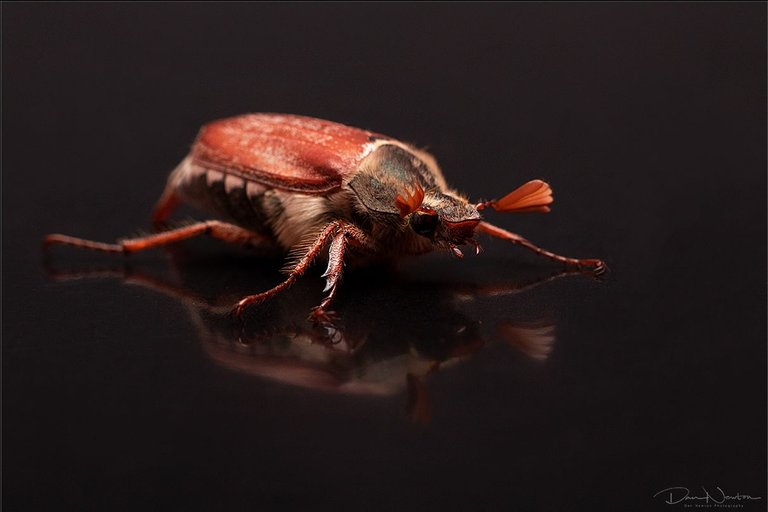
Common Cockchafer - Melolontha melolontha
And as a bonus to wrap up a pretty useful session, I also saw this chunky Beetle, trying to get into the trap
The bright light attracts all sorts of critters, not just moths!
It has a variety of common names, and is often called a May Bug which does annoy me! Although we technically are in May, it definitely isn't a Bug!
But yes it was a pretty good session all round, and I'm confident that as long as the weather is suitable over the next few weeks, those numbers will rapidly increase
What will happen in the next session? Will it be busy and chaotic? Will it be quieter? Will I find something new to record?
Well, once again, there is only one way to find out!

Notes on Pictures: Since I started moth trapping 5 years ago, I have been slowly building up collection of Library Images. The idea being that once I have taken a picture of a particular species of Moth, I don't need another picture of the same species a year later. It’s a waste of time and energy. I only take pictures of new species, or of moths that are difficult to ID, so I can get the records verified.
While in my care, all individuals are looked after, and after Photographs have been taken, they are all released safely outside.
All names confirmed and checked via Wikispieces
Further Research from UK Moths and NatureSpot

If you have any thoughts or opinions on this article then I'd love to see your comments.
And if you really like the content then maybe you would like to upvote or re-hive it.

Check out my website for more of my work.

Brilliant 🤩 How elegant is that Silver Y? And what a cheeky Common Chafer masquerading as a moth to get in. Excuse my ignorance… but why isn’t it a “Bug”? Aren’t bugs small insects? Or is there a scientific definition for “bug” I’m not aware of? 😅 Nice haul! Excellent photographs.
pfft... not sure about cheeky, the Beetle is over an inch long and is an absolute menace haha! I removed him pretty quickly before he scared all my little mothy buddies away
It is precisely a 'science definition' thing. 😆
Beetles refer to a group of insects call Coleoptera, Bugs refer to Hemiptera... and there are clear taxonomic diferences between the 2 groups, just like all the other groups of insects. Eg Beetles have hard wing cases, Bugs have soft, Beetles have jaws to eat food, bugs have a tube to pierce food (and suck out the insides), and both have very different life cycles.
Buuuut, 'Bug' is often used as a general term much like 'minibeast' or 'creepy crawley'.... and while I understand the majority of people won't be aware of the differences etc, it still winds me up. I spend so much effort into identifying and naming species correctly that putting everything under the umbrella term 'bug' just irks me a little 🤣
Fair enough!! Knowing that irks me too. I may not be as invested as you are, but I understand the frustration haha. 😅 There are clear, major differences between the different insect groups. Hm. Well, as they say, “the more you live the more you learn”. Thanks for explaining this!
Love the antenna on the pale tossock. The common cockchafer looked cool too!
I never knew you were familiar with some species. Let me call you a scientist then😅😅
Nice pictures though
ooh well 'scientist' may be a stretch, but thank you :-)
Do your observations get added to some central database? It must be useful to know when and where each species has been seen. Now I'm wondering if that data could be stored in this blockchain, but we may not have that many moth spotters.
!PIZZA
There is a central database, and it is used in research regarding climate change, and as a way to monitor the changing environmental conditions,
As a database, the blockchain would totally work and one of the reasons I add these posts to Hive is not just to share knowledge, but because I know the records/posts I make can't be removed)
It would take a huge shift in mainstream adoption for the various moth spotters to start though, and it would need to be more user friendly (or maybe like 2nd layer app type thing), but who knows what the future will bring, and the potential possibilities too
Finding out what lives in the garden at night most definitely interesting sightings when the weather is right.
Thanks for identification, it is always interesting to learn more about these visitors.
@tipu curate
Its ALL about the gathering and sharing knowledge, Joan, and I'm glad to hear you found it interesting too :-)
Always enjoy trying to identify and know what is in the garden, have never joined official groups but do notify them when something unusual arrives.
Upvoted 👌 (Mana: 65/75) Liquid rewards.
Hi @dannewton,
Thank you for participating in the #teamuk curated tag. We have upvoted your quality content.
For more information visit our discord https://discord.gg/8CVx2Am
#hive #posh
$PIZZA slices delivered:
@steevc(1/5) tipped @dannewton
No favorite this time….